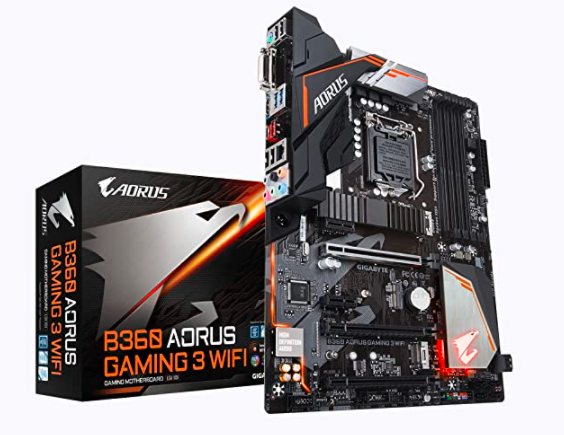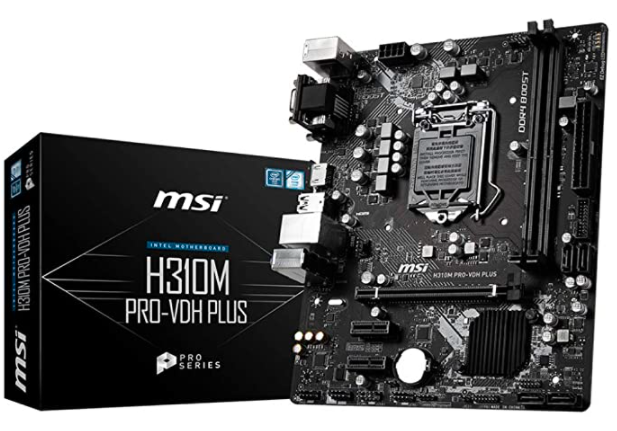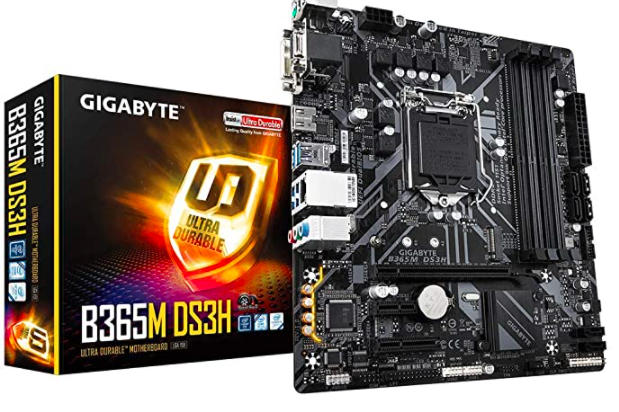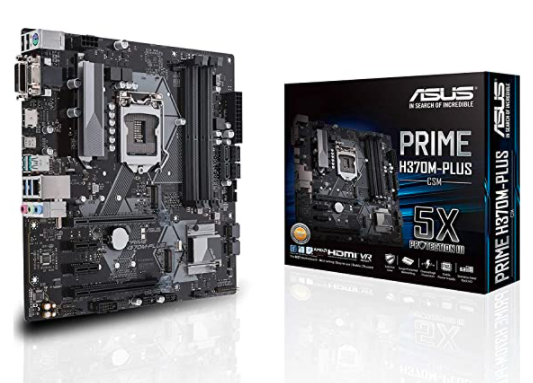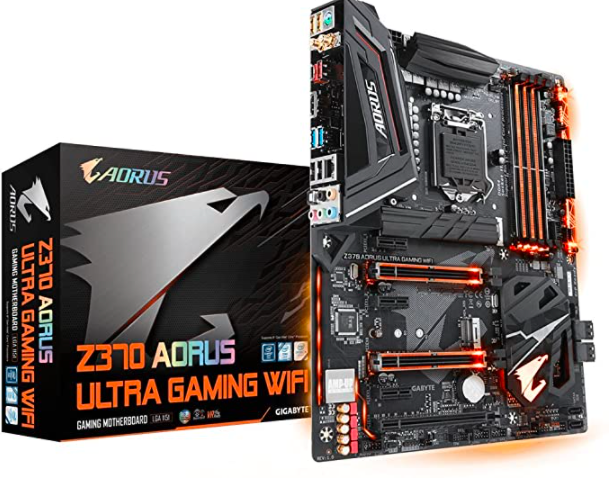It confirms what many users are waiting for: the arrival of variants of the cheaper 300 series chipsets that allow users to mount 8th generation Intel equipment without paying the extra cost of the high-end.
It seems that during the month of March the motherboards with the H370, B360 and H310 Express chipset will arrive, which will allow mounting Intel Coffee Lake processors without going through the Z370 chipset, which is the best, but also more expensive and unnecessary for many users.
Best Intel 300 Series Chipset Motherboards
Who want to match a budget Celeron, Pentium or Core i3 / i5 like those announced yesterday , although they are supposed to support as well. TPU comments that the cheapest Z370 plates were around $139, and with the arrival of these chipsets, some plate (with H310 chipset) could be purchased for about $50.
GIGABYTE B360 AORUS Gaming 3
About this item
- Socket 1151/Support 8th Gen Intel Core processors
- Dual Channel DDR4, 4DIMMs
- Usb 3. 1 Gen 2 (USB3. 1) Type A
- Intel i219V LAN
- Realtek ALC892
MSI ProSeries Intel Coffee Lake
About this item
- Supports 9th/ 8th Gen Intel Core/ Pentium gold/ Celeron Processors for LGA 1151 socket
- Supports DDR4 Memory up to 2666MHz
- Audio Boost reward your ears with studio grade sound quality
- Ez Debug LED easiest way to troubleshoot
- X-boost software that auto-detects and allows you to boost the performance of any storage or USB device
GIGABYTE B365M DS3H
About this item
- Supports 9th and 8th Gen Intel Core processors
- Dual channel non-ECC unbuffered DDR4
- New hybrid digital PWM design
- High quality audio capacitors and audio noise guard with LED trace path lighting
- Ultra-fast M.2 with PCIe Gen3 x4 & SATA interface
ASUS Prime H370M-Plus
About this item
- Memory Storage Capacity: 1024
- System Ram Type: ddr4_sdram
GIGABYTE Z370 AORUS Ultra Gaming
About this item
- Supports 8th Gen Intel Core Processors
- Dual Channel Non-ECC Unbuffered DDR4, 4 DIMMs
- Intel Optane Memory Ready
- ASMedia 3142 USB 3.1 Gen 2 with USB Type-C and Type-A
- Front USB 3.1 Gen 1 Type-C Header
They cite the H370 chipset which is practically identical to the Z370 except for the lack of multiGPU and overclocking support, then the B360 and H310 chipsets already lose more PCIe lanes and lose expandability. We hope to have the full characteristics of all chipsets soon to show in a table.
The approximate prices they give are:
- Boards with H370 chipset → $100-$170
- Boards with B360 chipset → $80-$130
- Boards with H310 chipset → $50-$70
Finally, they comment on the names of some of the models that we will soon be able to see in the Gigabyte and ASRock brand stores:
- ASRock H370 Performance
- ASRock H370M-ITX / AC
- ASRock H370-PRO4
- GIGABYTE H370 AORUS GAMING 3
- GIGABYTE H370M D3H
- GIGABYTE H370N Wi-Fi
- ASRock B360-Pro4
- ASRock B360 Gaming K4
- ASRock B360M-Pro4
- ASRock B360M-ITX / AC
- GIGABYTE B360M-HDV
- GIGABYTE B360 AORUS Gaming 3
- GIGABYTE B360M HD3
- GIGABYTE H310M-HDV
- GIGABYTE H310-HDV
- ASRock H310-HDV / M.2
The first step before starting to assemble a PC is choosing the motherboard. This is, without a doubt, the fundamental pillar on which we will begin to build any assembly, and it is perfectly understandable, since the platform to be used and the set of components that we can install, as well as the use of them, will depend on it.
- The motherboard determines the compatible processors, both present and future, the type of RAM and the amount that we can install and also other fundamental aspects, such as the compatible storage units , the available connectors and the advanced integrated functions that we will enjoy without having to add additional components.
- This list is merely illustrative, since as our usual readers will know, the motherboard also determines the possibility of overclocking certain processors, an issue that Intel has reserved for the models that integrate its top-of-the-range chipsets, and that AMD has implemented in mid-range and high-end motherboards.
- In this article we are going to help you choose the motherboard that best suits your needs, but we will not limit ourselves to making a presentation of recommended models directly, but we will delve into a series of questions that we must be clear about. When choosing one model or another.
Which Motherboard To Choose: A Short-Term Or A Long-Term Look?
Before choosing a motherboard, we must think about what type of investment we want to make, that is, if we plan to opt for a solution that offers us a long useful life or if we need a model that complies in the short or medium term.
This idea is simple but important, as our medium and long-term plans will affect our choice. For example, if we want to assemble a Core i7 9700K, but we do not have the budget to carry out the assembly directly, we can do it in two phases . In this case, it would be a good idea to mount a motherboard with a Z390 chipset and a low-end processor, such as a Pentium G5400, since we would have what we need to later upgrade to the Core i7 9700K and take advantage of it properly.
If you are still wondering why the motherboard is so important, do not worry, it is an idea that can be summarized in four very simple keys :
- All components of the PC connect and interact with each other thanks to it.
- It integrates basic functions, many of them accessible through the BIOS, that affect performance and user experience.
- Their build quality and compatibility affect the proper functioning of other components, and also determine the life of the equipment.
- It can come with advanced functions that would allow us to avoid the purchase of certain additional components, and get more out of others.
Things To Keep In Mind When Choosing A Motherboard: Format
There are many elements to consider before deciding on one model or another. The first thing that we must be clear about is the format that we are going to need depending on the type of box that we are going to use to mount our PC.
These are the three types of formats that are currently used in the general consumer market:
- ATX: it is the standard size and the most widely used in general. It measures 305 x 244 mm.
- Micro-ATX: its popularity has grown substantially, since it allows mounting compact but powerful equipment. It has measures of 244 x 244 mm.
- Mini-ITX: allows you to mount tiny equipment while maintaining a good level of performance. It measures 170 x 170 mm.
The main motherboard vendors have a wide catalog of products focused mainly on the ATX and micro-ATX formats that offer a high level of performance, although the ATX models are usually more complete and a little cheaper .
By contrast, mini-ITX motherboards require some sacrifices and are typically priced higher than ATX and micro-ATX models.
We remind you that ATX and micro-ATX boards can work in an ATX tower, but not vice versa . It is a matter of logic for space issues, but we clarify it just in case.
Things To Consider When Choosing A Motherboard: Platform And Chipset
The next point to take into account is the platform that we are going to use, that is, the socket. The choice of one or the other will determine which processor we can use both in the present and in the future, since we may encounter limitations due to compatibility reasons.
In this sense, the chipset can also play a role. For example, Intel’s Core 6000 and Core 7000 processors work under the LGA1151 socket as long as the motherboard uses a 100 or 200 series chipset, but they will not work with motherboards that mount a 300 series chipset, even though the socket is the same. same. Said chipset is limited to Core 8000 and 9000 processors, which also do not work on motherboards with 100 and 200 series chipset.
With AMD processors, the opposite is true. The Ryzen 1000 and 2000 series , as well as the Ryzen APUs (CPU + GPU) and the Athon 200GE line, work flawlessly on all AM4 socket motherboards, regardless of the chipset they use.
The Chipset Influences The Performance Of The Motherboard, And Its Capabilities
When choosing a motherboard we must not only take into account the socket, but also the chipset , since as we have seen in the case of Intel it determines the compatible processors.
But this is not the only reason why the chipset matters. This item also determines the set of base functions that a motherboard offers. The most basic models usually limit the number of USB ports, the number and speed of the PCIE slots and also some important functions such as overclocking.
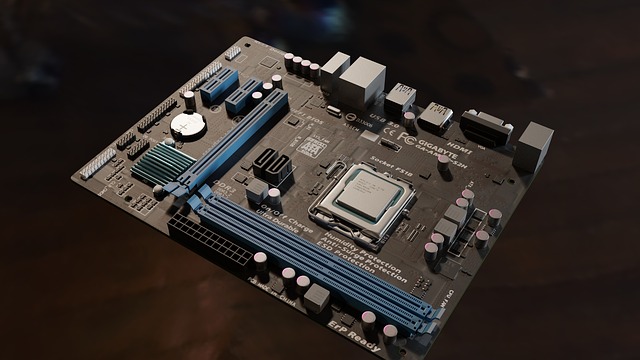
Here is a summary with the most important keys so that you can identify the particularities of each chipset:
Intel Chipsets:
- Basic level: the H110 and H310 chipsets are located here. They do not support multi-GPU configurations and have a low configuration of PCIE lanes (x6) which, in addition, is type 2.0 in the H110 series. This can affect the performance of M.2 NVME SSDs. However, they are a good option for inexpensive equipment, since the graphics card will use the 16 lines of the processor. They do not support Intel Optane technology.
- Intermediate level:here we can locate a large number of chipsets, such as the B250, H170, H270 and H370 series. In general, they improve the number of available PCIE lanes, as well as the maximum number of available USB ports, the integrated SATA connectors and also introduce the support of advanced functions, such as Intel Optane and also Intel Rapid Storage Technology, among others.
- High level: The Z170, Z270, Z370 and Z390 series chipsets are grouped here . They support multi-GPU configurations, also increase the number of PCIE lanes, as well as USB ports and SATA connectors, maintain the presence of advanced technologies and also have overclocking support. Essential to take advantage of overclocked processors.
We remind you that Intel’s HEDT platform, which uses the LGA2066 socket and the X299 chipset , has a common base that applies to all motherboards on the market. All support overclocking and have common specifications, being the processor the one that marks important differences in key issues, such as the total number of PCIE lanes.
AMD Chipsets:
- Entry Level: Fits the A320 chipset, used in AMD’s cheaper motherboards with socket AM4. It does not support overclock, but it allows to use graphics cards in PCIE x16 configuration and M.2 SSD units with NVME PCIE x4 interface without problems.
- Medium level: the B350 and B450 chipsets are positioned here. Both allow overclocking, support multi-GPU configurations (albeit to a limited extent), and offer pretty much the same key features. The only major differences are that the latter supports advanced features such as Precision Boost Overdrive and Store MI.
- High level: in this location the X370 and X470 chips are fitted. They support overclocking and multi-GPU configurations, and as in the previous case the only differences are limited to the support of Precision Boost Overdrive and Store MI, which is only present on the X470 chipset.
The AMD HEDT platform, consisting of the Threadripper range of processors, using the sTR4 socket and the X399 chipset, has a common level of performance.The differences exist only because of the particularities that each manufacturer uses to distinguish their motherboards.
Source: gigabyte.com


